Have you ever really stopped to think about just how insanely complex every living cell actually is? For centuries, biologists have been carefully unraveling the mysteries of life, piece by piece. But here we are in 2025, and things are changing fast—like, really fast. These days, the boundary between biology and technology is getting blurrier than ever. And honestly? Artificial intelligence is the big reason why.
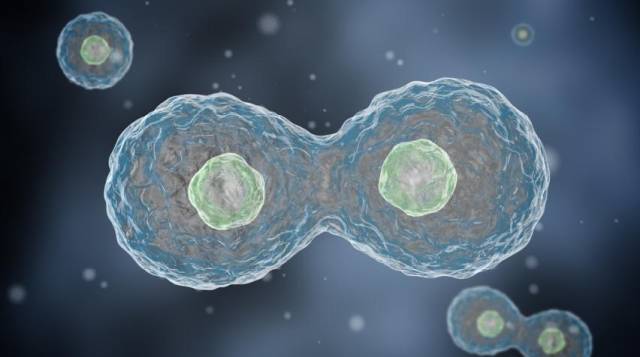
So, buckle up, because artificial intelligence in biology isn’t just some wild idea anymore. It’s out there in the real world, totally transforming how we understand—and even interact with—life itself. We’re right in the middle of a revolution, and I want to walk you through exactly how artificial intelligence is shaking up biology, with some advancements that’ll probably blow your mind.
Understanding the Synergy: AI Meets Biological Data
Let’s be real: biology is absolutely drowning in data. Just look at the human genome—billions of base pairs packed into every cell! Now toss in proteomics (that’s all about proteins), metabolomics (yep, metabolites), plus mountains of cellular images… and you end up with data sets so massive it’s almost impossible to wrap your head around them. Trying to make sense of all that on your own? It’s like trying to drink from a firehose.
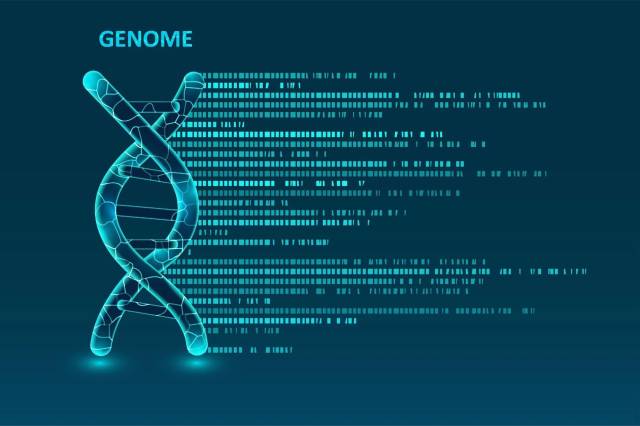
That’s where AI swoops in and saves the day.
AI—especially those super-smart machine learning models for biological data analysis—are amazing at spotting patterns buried deep inside those crazy huge datasets. Stuff humans would never notice on our own. These algorithms don’t just crunch numbers; they learn, adapt, and make predictions that help turn raw data into real insights scientists can use. Basically, biology brings the tough questions (and all that data), while AI delivers the tools we need to find answers.
Honestly, this whole field depends on computational biology innovations just to keep up.
Genomics and Proteomics: Decoding Life’s Code Faster
Remember when mapping out the entire human genome took more than a decade—and cost billions? Feels ancient now. Thanks to AI, sequencing genomes today is quicker (and way cheaper) than anyone thought possible even a few years ago. But let’s be clear—the impact of AI on genetics and molecular biology in 2025 goes way beyond just reading DNA code.
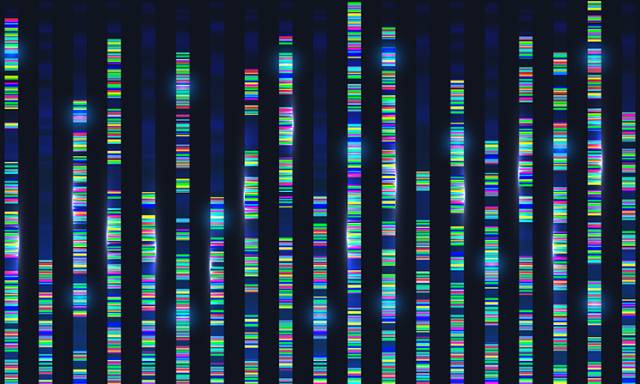
AI is everywhere:
- Annotating genomes: Pinpointing genes, regulatory elements—you name it—and figuring out what they actually do.
- Spotting genetic variations: Zeroing in on mutations linked to diseases faster (and more accurately) than ever.
- Predicting protein structures: Tools inspired by breakthroughs like AlphaFold use AI to predict how proteins fold into their unique shapes—super important for understanding how they work or designing new drugs.
And get this: deep learning in genomics and proteomics uses these crazy powerful neural networks to model all this stuff at a level that was science fiction not long ago. We’ve got genome sequencing AI tools and bioinformatics AI solutions popping up everywhere—they’re becoming as common as microscopes once were! With deep learning for genomic analysis, we can spot subtle patterns tied to health or disease that used to fly under the radar.
Revolutionizing Drug Discovery and Development
Bringing a new drug from idea to pharmacy shelf has always been slow (and outrageously expensive). But now? AI is flipping that script entirely. The AI-driven drug discovery advancements are honestly game-changers.

Here’s what’s happening:
- Target Identification: Scanning huge piles of biological data to find new targets for drugs.
- Candidate Screening: Instead of testing millions of compounds one by one in the lab (which takes forever), AI screens them virtually first—it predicts which ones might actually work or be safe.
- Predictive Toxicology: Catching potential side effects before anyone even steps into a clinic.
- Clinical Trial Optimization: Designing smarter clinical trials by picking out patients who are most likely to respond—and even predicting trial outcomes ahead of time.
In short: AI in biomedical research isn’t just making things faster—it’s making drug discovery more efficient and way less costly. That means new treatments could reach patients much sooner.
Cellular Biology: Peering Inside the Cell with AI
Cells are like tiny cities packed with action—a constant buzz of molecules doing their thing. If we want to understand health and disease, we’ve got to get inside those cities and see what’s happening. That’s where AI tools revolutionizing cellular biology studies come into play.
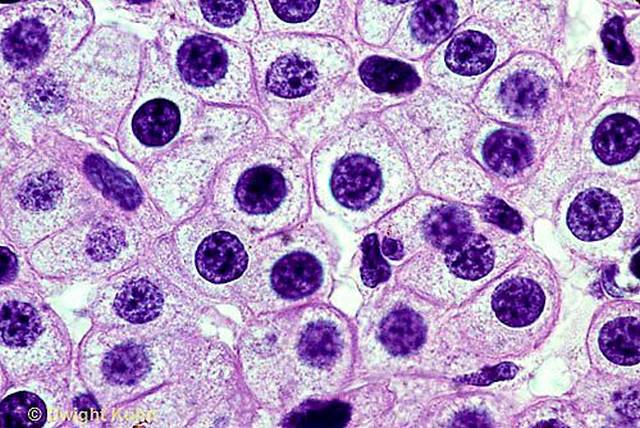
Now, researchers can:
- Analyze complex microscopy images automatically—spotting cells or even smaller structures with accuracy no human could match.
- Model how cells react when poked or prodded by drugs.
- Unravel complicated signaling pathways—basically decoding how cells “talk” to each other.
Just imagine: AI sifting through thousands of cancer cell images from an experiment, flagging tiny changes that show if a drug is working—all at lightning speed. That’s not sci-fi anymore; it’s happening right now.
Predictive Analytics: Foreseeing and Fighting Diseases
What if we could predict disease outbreaks before they happen? Or know who might develop a certain illness years ahead? Sounds futuristic—but with predictive analytics for disease research using AI, it’s closer than ever.
By digging through mountains of data—from medical records and genomes right down to info from wearable devices—AI models can:
- Forecast infectious disease spread.
- Sort patients based on risk for things like diabetes or heart disease.
- Predict how someone will respond to different treatments before they even try them.
Plus, today’s AI-powered diagnostic tools in modern biology are already helping doctors spot diseases earlier than ever—sometimes before another human would even notice anything wrong on an X-ray or MRI!
Synthetic Biology: Engineering Life with Precision
Synthetic biology is basically engineering—but instead of circuits or steel beams, you’re building stuff using DNA and proteins. Pretty wild, right? And thanks to artificial intelligence enhancing synthetic biology techniques, we’ve got smarter design tools than ever before.
With AI on board:
- Scientists can dream up brand-new genetic circuits with specific jobs.
- Optimize metabolic pathways so microbes churn out useful chemicals or biofuels efficiently.
- Even predict how these engineered systems will behave before building them for real.
The team-up between synthetic biology and artificial intelligence means we can engineer life itself for everything from eco-friendly materials to breakthrough medicines—all faster than anyone thought possible.
Accelerating Personalized Medicine
Personalized medicine has always sounded like something from the future—treatments tailored just for you based on your genetics, lifestyle, everything! Well, guess what? In 2025, it’s finally becoming reality thanks to AI.
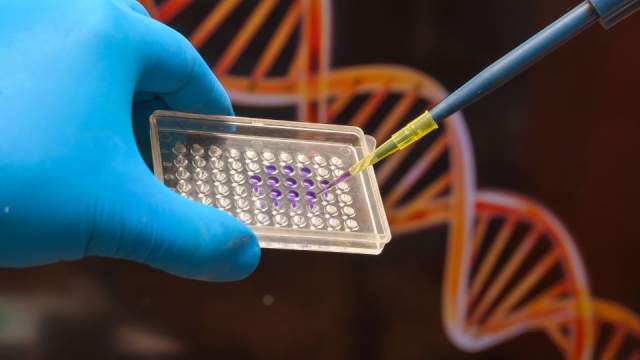
Here’s how AI accelerates personalized medicine and biology research:
By combining genomic info with your health history—even real-time data from smartwatches—AI helps doctors:
- Pick treatments that’ll work best for you (with fewer side effects).
- Adjust doses based on how your body responds.
- Spot people who’d benefit most from prevention strategies early on.
This shift towards precision medicine artificial intelligence means healthcare isn’t one-size-fits-all anymore—it’s custom fit for every patient. It connects discoveries across genomics, drug development, diagnostics—all rolled into care made just for you.
The Road Ahead: Challenges and Opportunities
Of course, bringing AI into biology doesn’t come without headaches. The challenges and opportunities of AI in biological sciences are very real:
Some hurdles?
- Getting enough high-quality data (and sharing it safely).
- Making sure algorithms don’t pick up old biases hiding in our datasets.
- Tackling privacy concerns around sensitive health/genetic info.
- Figuring out why an algorithm made its call instead of leaving us scratching our heads (“black box” problem).
- Getting biologists and computer scientists speaking each other’s language!
But honestly? The upside is huge. We’re talking about unlocking mysteries behind life itself… curing diseases… building sustainable solutions… even achieving healthcare that truly fits each person individually. Thanks to the latest innovations—the boundaries keep moving forward every single day.
Conclusion: The Biological Renaissance Powered by AI
So here we are in 2025—and there’s no denying it: artificial intelligence in biology has kicked off a renaissance like nothing else before it. From racing through DNA decoding, dreaming up new therapies overnight, or predicting illness before symptoms appear—the pace is incredible! What started as niche experiments has become essential lab gear; now everyone uses some form of machine learning almost daily.
Sure, there are bumps ahead—but if this trajectory keeps going? The future looks brighter than ever for bioinformatics powered by artificial intelligence. It feels like anything might be possible soon—from reimagining medicine itself…to solving puzzles about life no one dreamed we’d crack so quickly!
What potential application excites you most about all this? Honestly—the possibilities seem nearly endless right now.
